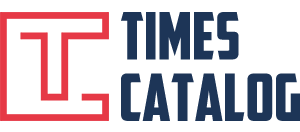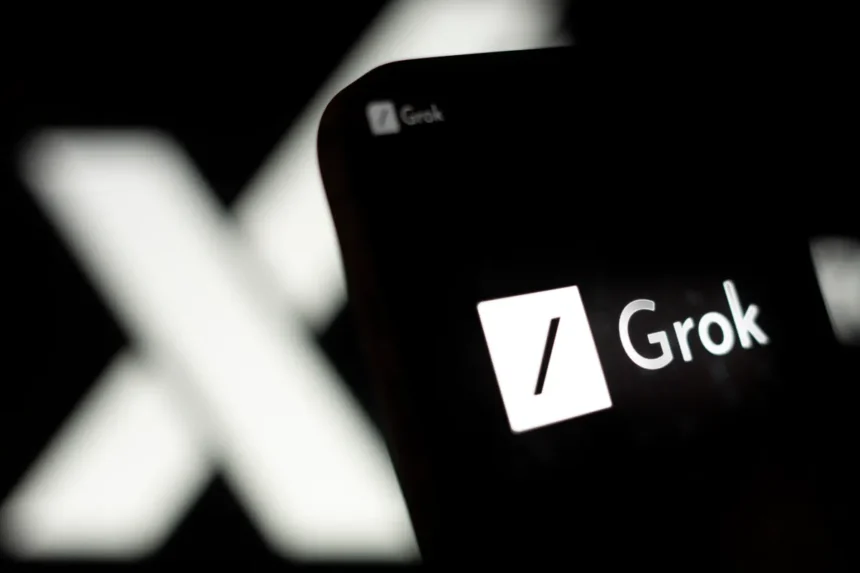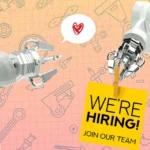The world of artificial intelligence has seen its share of ambitious promises, but lately, there’s been a noticeable trend of high-profile AI models missing their expected launch windows. xAI, the AI company founded and helmed by Elon Musk, is the latest to join this pattern, with the highly anticipated Grok 3 model failing to arrive on schedule.
The Promise of Grok 3
Back in the summer of 2024, Elon Musk made waves with a bold announcement. Grok 3, xAI’s next-generation AI model and a direct competitor to OpenAI’s GPT-4 and Google’s Gemini, was slated to debut by the end of the year. Designed to analyze images, answer complex questions, and power innovative features on Musk’s social platform, X, Grok 3 was billed as a groundbreaking leap forward in AI capabilities.
In a July 2024 post on X, Musk boasted about Grok 3’s development, highlighting the use of xAI’s massive Memphis-based cluster of 100,000 H100 GPUs. “Grok 3 end of year after training on 100k H100s should be really something special,” Musk declared. Later, in December, he doubled down on the excitement, describing the model as a “major leap forward.”
Yet, as of January 2, 2025, Grok 3 remains conspicuously absent, with no clear signs of an imminent launch. The delay has left many in the AI community speculating about the reasons behind the holdup.
A Mysterious Detour: Grok 2.5
Adding intrigue to the situation, AI enthusiast Tibor Blaho recently uncovered hints that an intermediate model, dubbed Grok 2.5, might debut before Grok 3. In a December post on X, Blaho shared code from xAI’s website suggesting that Grok 2.5 could soon be unveiled. The code described Grok 2.5 as “our most intelligent model,” sparking curiosity about whether it’s a stopgap measure or a strategic pivot.
Blaho’s findings have fueled further speculation about xAI’s plans, as well as the broader challenges facing AI companies in delivering on their promises.
Musk’s History of Ambitious Timelines
It’s no secret that Elon Musk has a penchant for setting lofty goals and missing deadlines. From Tesla’s self-driving technology to SpaceX’s Mars missions, Musk’s timeline predictions often lean toward the aspirational rather than the realistic. In this case, Musk tempered expectations in an August 2024 interview with podcaster Lex Fridman, admitting that Grok 3’s arrival by year-end would happen only “if we’re lucky.”
Still, Grok 3’s delayed debut is significant because it’s not an isolated incident. The challenges faced by xAI mirror a broader trend in the AI industry, where several major players have struggled to meet their ambitious timelines.
A Growing Pattern of Delays
xAI isn’t alone in falling short of its promises. Last year, AI startup Anthropic faced similar issues when it failed to launch a successor to its Claude 3 Opus model. Despite announcing plans for Claude 3.5 Opus to debut by the end of 2024, Anthropic quietly removed all references to the model from its documentation. According to reports, the model was completed but never released due to economic considerations.
Even tech giants like Google and OpenAI have reportedly encountered setbacks with their flagship models. These delays point to a deeper issue: the diminishing returns of current AI scaling strategies.
The Limits of Scaling Laws
For years, AI advancements were driven by scaling laws—the principle that increasing computational power and training data leads to better-performing models. However, this approach appears to be hitting a plateau. As companies pour billions into larger and more complex models, the performance gains with each new generation have begun to shrink.
Musk himself acknowledged this challenge in his interview with Fridman. When asked about Grok 3’s potential to be state-of-the-art, Musk responded cautiously. “Hopefully,” he said. “I mean, this is the goal. We may fail at this goal. That’s the aspiration.”
xAI’s approach to Grok 3 underscores these limitations. In September 2024, Musk revealed that the model was training with “10X, soon 20X the compute of Grok 2,” suggesting that xAI is doubling down on brute-force scaling. But whether this strategy will deliver the promised “major leap forward” remains to be seen.
Challenges Behind the Scenes
Beyond the technical hurdles, xAI faces unique challenges that may be contributing to Grok 3’s delay. Unlike industry heavyweights OpenAI and Google, xAI operates with a much smaller team. This leaner workforce may limit the company’s ability to tackle the complex demands of building and deploying state-of-the-art AI systems.
Additionally, the competitive landscape adds pressure. With rivals like OpenAI, Google, and Anthropic racing to push the boundaries of AI, delays can have significant reputational and financial consequences. For xAI, Grok 3’s postponement risks undermining the company’s position in an increasingly crowded market.
The Bigger Picture
Grok 3’s delayed launch is more than just a missed deadline—it’s emblematic of the growing pains facing the AI industry. As companies push the limits of current technologies, they’re encountering diminishing returns, economic constraints, and logistical challenges that make it harder to deliver breakthroughs on schedule.
For xAI, the road ahead is uncertain. Whether Grok 3 can live up to its lofty promises or becomes another footnote in the history of AI delays will depend on how the company navigates these challenges in the coming months. One thing is clear: the era of easy wins in AI development is over, and the industry’s next chapter will require more than just bigger models and more compute.
For now, the AI world watches and waits as xAI’s Grok 3—and its potential intermediary, Grok 2.5—remains a tantalizing, if elusive, promise.










